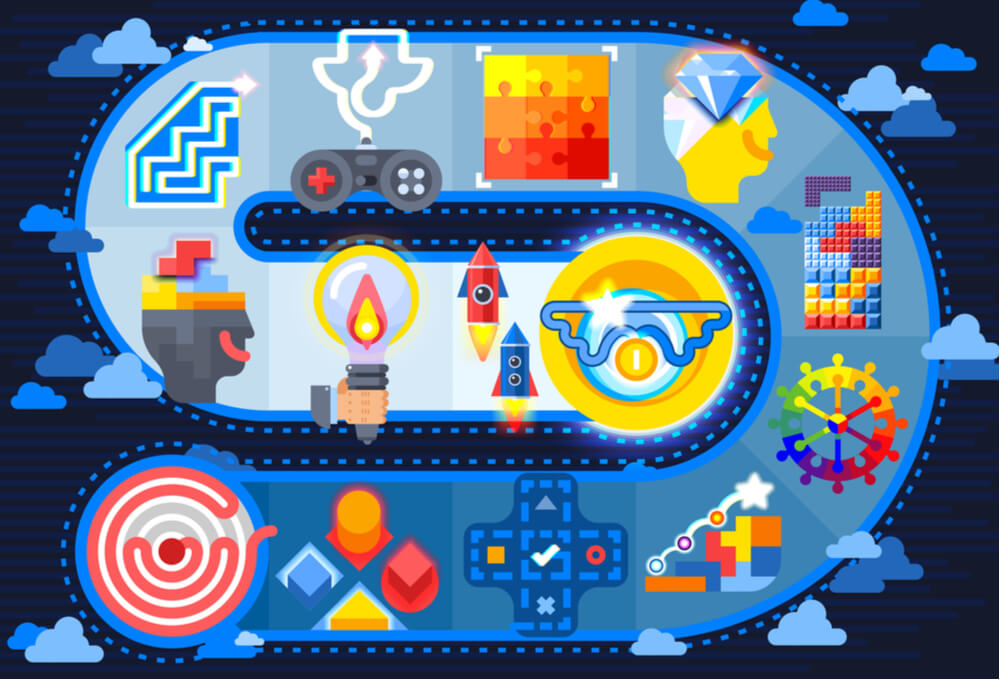Recently, I had the immense pleasure of speaking at a Integrate 2023 about the significance of the CIA (Confidentiality, Integrity, Availability) triad in designing secure architectures. The level of engagement and insightful conversations with various industry experts was truly phenomenal.

One point that generated a lot of interest was the potential transformative effect of mapping each Azure resource with the CIA triad levels. It struck me that this could be a game-changer, making security design not just more robust, but also more enjoyable!
Now, let’s demystify this concept in a straightforward way, one that not only clarifies the subject but also sparks a desire in each of us to adopt this approach.
After all, who said security had to be a chore? Let’s gamify it and see the magic unfold!
Transforming Azure Architecture with the CIA Triad
Before we begin, let’s quickly revisit the CIA triad. It’s a renowned security model which stands for Confidentiality, Integrity, and Availability.
These three pillars hold up the structure of any secure system.
Confidentiality ensures that data is accessible only to authorized entities. Integrity is all about maintaining and assuring the data’s accuracy and consistency over its entire lifecycle. Lastly, availability guarantees reliable access to the data by authorized people.
By mapping each Azure resource to the CIA triad level, we can drastically improve the way we view and construct our Azure architectures.
Picture an Azure architecture before the triad mapping, it’s functional and gets the job done. However, it might be like a fortress with blind spots, areas where we don’t fully understand the security implications.
Now, let’s use the lens of the CIA triad to view this architecture.
Think of this process as a game, where each Azure resource is a puzzle piece with a CIA triad level. As you start aligning each puzzle piece (resource) with the appropriate triad level, you’ll see your architectural fortress turning into a secure stronghold, with each area clearly visible and fortified.
You will spot the weaknesses and opportunities, allowing you to make adjustments and enhancements with a clear understanding. This approach is not just about security; it’s also about engagement, about transforming a typically dry subject into a fun, interactive exercise.
Gamification in Action: The CIA Triad Challenge

How about we bring this to life with a simple exercise?
Gather your team and present them with a hypothetical (or real) Azure architecture. Ask them to examine it and discuss its merits and flaws. Then, introduce the concept of the CIA triad and explain how it can be applied to Azure resources.
Next, challenge them to map the resources with the CIA triad levels. Once done, have them reassess the architecture and discuss the changes that should be made.
This exercise can stimulate not only security-oriented thinking but also foster team collaboration and creative problem-solving. What was once a theoretical concept becomes a dynamic, hands-on learning experience.
By embracing gamification, we can encourage a new, more engaging way of understanding and implementing security. This method brings fun into the equation and makes the learning process a lot more enjoyable. It’s no longer a task; it’s a challenge, a game to be played and won.
In my recently published book, “Practical Security Handbook: Surviving and Thriving in Azure AIS with the CIA Triad,” I delve deeper into this subject. I present detailed scenarios, exercises, and methods to use the CIA triad effectively in Azure security design. If you found this article helpful and want to explore further, I encourage you to take a look here.
Let’s turn security from a chore into a challenge, from a mundane task into a fun game.
Remember, the first step to winning any game is understanding how to play it. So, let’s play, let’s learn, and let’s create secure systems, one CIA triad puzzle piece at a time!

